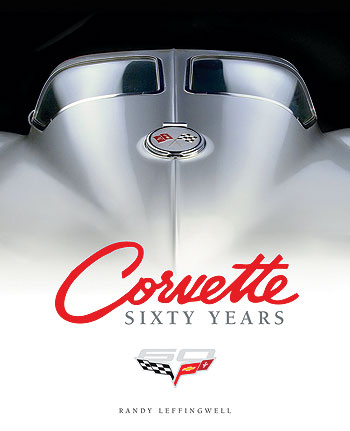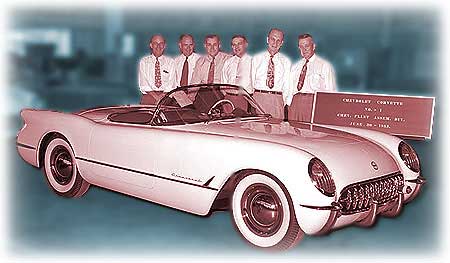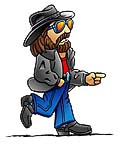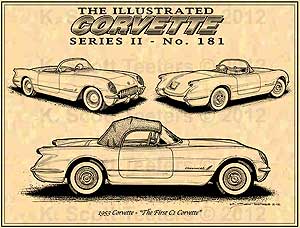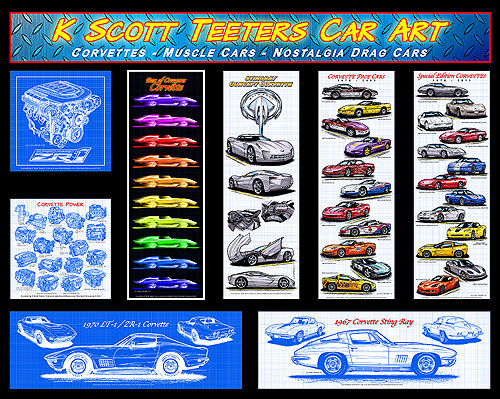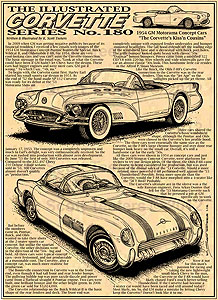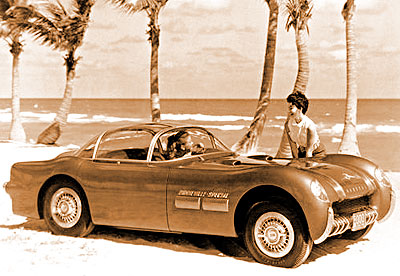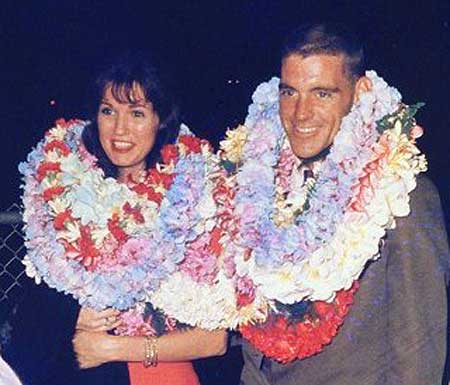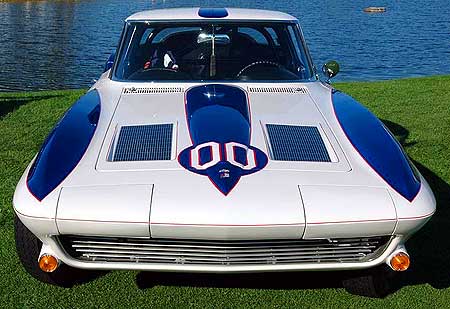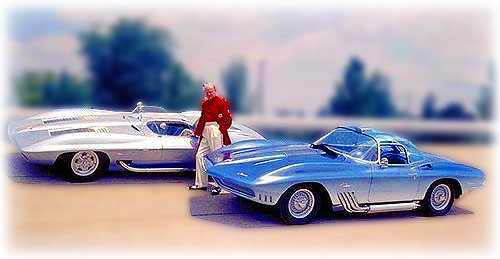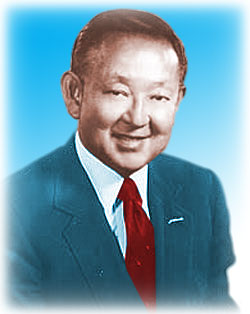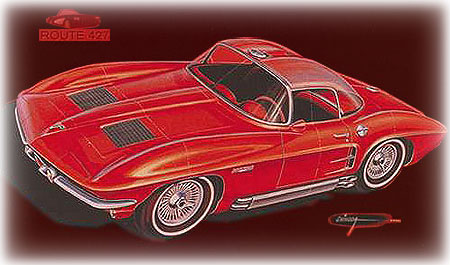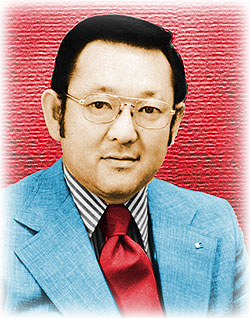Dateline: 3.30.12
A brief overview of six racing cars and three experimental Corvairs Larry Shinoda designed.
Check out our awesome slide show tribute to Larry Shinoda’s designs at the bottom of this post.
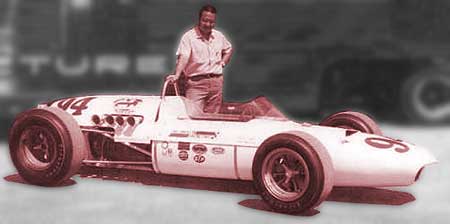 Larry Shinoda’s designs were so strong that when his name comes up, it’s almost always first associated with Corvettes. But Larry’s talent for designing fast-looking cars wasn’t limited to Corvettes. I suppose that when you are the go-to-stylist for a legend the likes of Bill Mitchell, you get a few peach projects. In retrospect, what helped make Shinoda’s design work so edgy was his passion for racing. In a sense, Larry’s NHRA Nationals win in ‘55 put him in the same category as 1954 Le Mans racer Zora Arkus-Duntov. As Bill Mitchell used to say, both men had, “gasoline in their veins.”
Larry Shinoda’s designs were so strong that when his name comes up, it’s almost always first associated with Corvettes. But Larry’s talent for designing fast-looking cars wasn’t limited to Corvettes. I suppose that when you are the go-to-stylist for a legend the likes of Bill Mitchell, you get a few peach projects. In retrospect, what helped make Shinoda’s design work so edgy was his passion for racing. In a sense, Larry’s NHRA Nationals win in ‘55 put him in the same category as 1954 Le Mans racer Zora Arkus-Duntov. As Bill Mitchell used to say, both men had, “gasoline in their veins.”
Shinoda’s race car design credits include: Pat Flaherty’s 1956 Indy 500-winning John Zink Special, Bill Mitchell’s 1959 Stingray Racer, Zora Arkus-Duntov’s CERV I and CERV II, the GS-II (Grand Sport II), Jim Hall’s Chaparral-2, and Peter Weismann’s 1963 rear-engine Indy car.
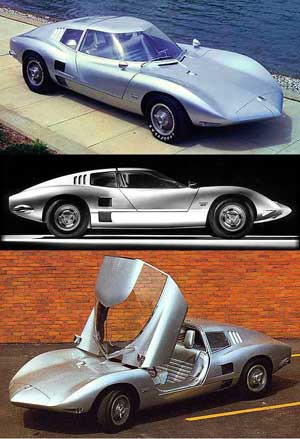 Although the Corvair never really caught on as a performance car or a sports car, designers such as Shinoda had some jaw-dropping ideas for Chevy’s rear-engine car. The 1962 Monza GT Coupe was in direct competition with Ford’s mid-engine 4-banger Mustang I concept car. What an interesting Chevy vs Ford battle that would have been! When you work in an R&D department often many “variations on a theme” are explored.
Although the Corvair never really caught on as a performance car or a sports car, designers such as Shinoda had some jaw-dropping ideas for Chevy’s rear-engine car. The 1962 Monza GT Coupe was in direct competition with Ford’s mid-engine 4-banger Mustang I concept car. What an interesting Chevy vs Ford battle that would have been! When you work in an R&D department often many “variations on a theme” are explored.
The Monza SS was an open cockpit-type design with a racer-like cut-down windshield. Another version was explored with a more traditional type of windshield. And in the same way that other GM divisions glommed on to Harley Earl’s Corvette concept in ‘53 and came up with their own “Corvette” concept cars for the ‘54 GM Motorama (the ‘54 Pontiac Bonneville, Buick Wildcat, and Olds F88). We have an example of a Monza variation that looks a lot like a roadster version of the 1964 XP-833 Pontiac Banshee. It was very common back then for designs to get tossed about within GMs divisions.
One Shinoda design that was not shared by any of GM’s other divisions was the 1967 Astro I. Corvair production peeked in ‘65 for approximately 235,000 Corvairs built. By ‘67 the number went to just over 27,000! The Corvair-based Astro I concept/show car arrived in 1967 and was probably started around ‘65 – ‘66, before the car started to tank. Unlike the Monza GT that eventually became the ‘67 Opel GT, the Astro I was so over the top, none of its design elements were used in any serious fashion. Instead, Chevrolet used the “Astro” name on one of their full-size vans and there was nothing “Astro” about it. Continue reading “A Look Back At Race Cars & Corvairs Designed by Larry Shinoda” →
 John Loeper’s 1954 Corvette Hot Rod – Subtitle: Dad’s advice was, “Buy American! It will last a lifetime!”
John Loeper’s 1954 Corvette Hot Rod – Subtitle: Dad’s advice was, “Buy American! It will last a lifetime!”
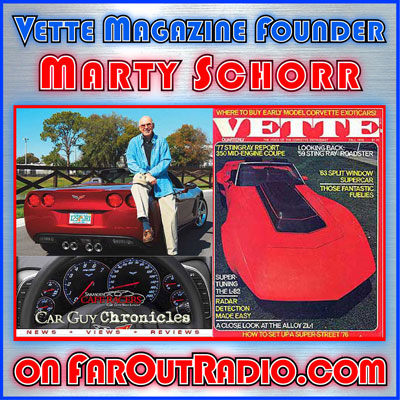
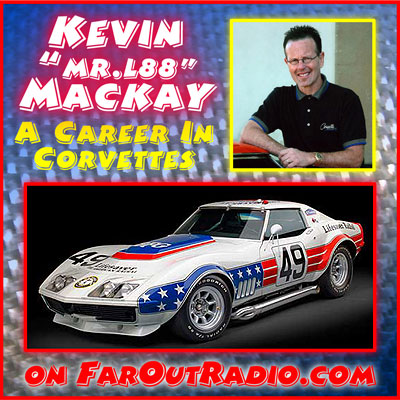 Hello Corvette Fans! Our guest on Far Out Radio is early generation Corvette restoration expert, Kevin Mackay.
Hello Corvette Fans! Our guest on Far Out Radio is early generation Corvette restoration expert, Kevin Mackay.